Marine Science
Coral reef fish: not such a family affair
Some coral reef fish species don’t settle very close to home.
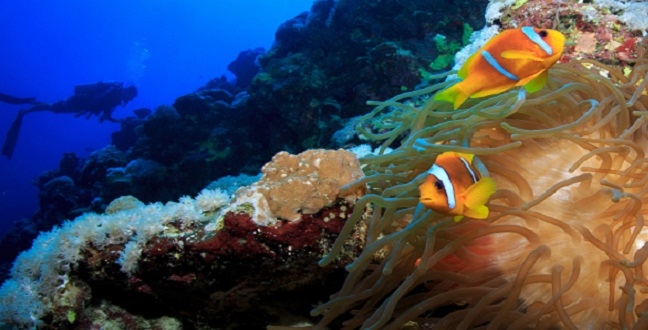
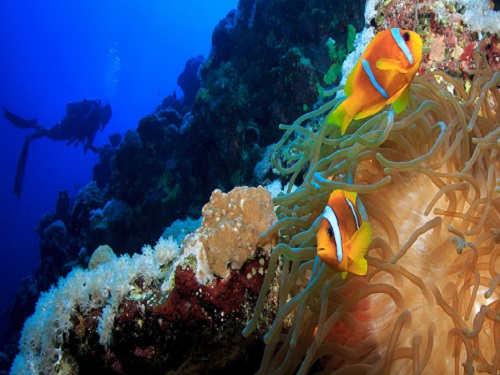
A combination of empirical and modeling techniques showed surprisingly low levels of localized settlement in Red Sea anemonefish on the Qita al Girsh reef.
© 2015 KAUST
Anemonefish on a secluded coral reef in the Red Sea challenge current thinking on patterns of juvenile fish recruitment say researchers from KAUST. Their findings have significant implications for the management of reefs and marine reserves.
Understanding how fish larvae disperse, and whether juvenile fish return to settle on the reef where they were born, is crucial for the optimum design of marine reserves. Research from coral reefs around the world suggests that most fish tend to settle locally. Now the novel study undertaken by Michael Berumen and co-workers at KAUST’s Red Sea Research Center and the Biological and Environmental Science and Engineering Division suggests otherwise1.
The team combined two powerful techniques — genetic parentage analysis and biophysical modeling for larvae dispersal predictions — to examine population dynamics of the anemonefish Amphiprion bicinctus at the Qita al Girsh reef.
“We were interested in levels of ‘self-recruitment’ and ‘local retention’,” states Berumen. “Self-recruitment is the fraction of new fish arriving at a given site that originally came from parents on that site. This requires intensive sampling but is relatively easy to measure.”
Local retention is the fraction of a site’s total output which returns to the same site, explains Berumen. “This is far more difficult to measure empirically. Total output involves millions of offspring, and to measure local retention accurately one would need to know the fate of every larva.”
The team estimated self-recruitment using genetic data collected by Gerrit Nanninga and his team of volunteer divers. They sampled, using fin clippings, nearly every potential parent in the Qita al Girsh population. Then over two spawning seasons they collected juvenile fish from a wide area surrounding the reef. This enabled the researchers to generate genotypes for each fish to determine parentage.
“Access to fantastic lab facilities right next to world-class reefs made this immense task easier,” explains Berumen. “The KAUST supercomputer also played a vital role in helping us estimate local retention by modeling larvae dispersal patterns,” adds Berumen’s colleague, Ibrahim Hoteit.
To the researchers’ surprise, of 348 juveniles collected, only two fish could be assigned to parents at Qita al Girsh. This was confirmed by their model which also predicted low self-recruitment and local retention in anemonefish at the site. The findings may be explained by patterns of local currents, as well as possible larval behavior traits under certain environmental conditions.
“Our results emphasize the importance of using this combined approach to study more species in more places,” states Berumen. “Our findings will be incorporated into recommendations for marine reserves in the Red Sea.”
References
-
Nanninga, G.B., Saenz-Agudelo, P., Zhan, P., Hoteit, I. & Berumen, M.L. Not finding Nemo: limited reef-scale retention in a coral reef fish. Coral Reefs 34, 383-392 (2015).| article
You might also like
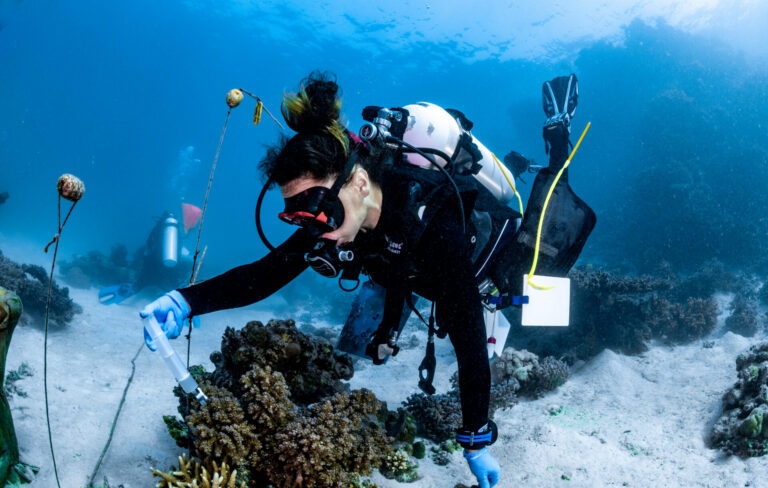
Marine Science
A place to trial hope for global reef restoration
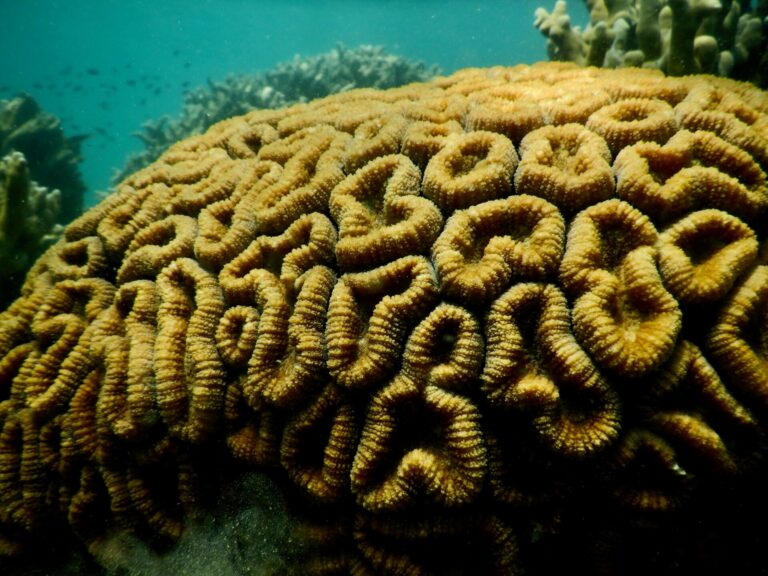
Marine Science
Reef-building coral shows signs of enhanced heat tolerance
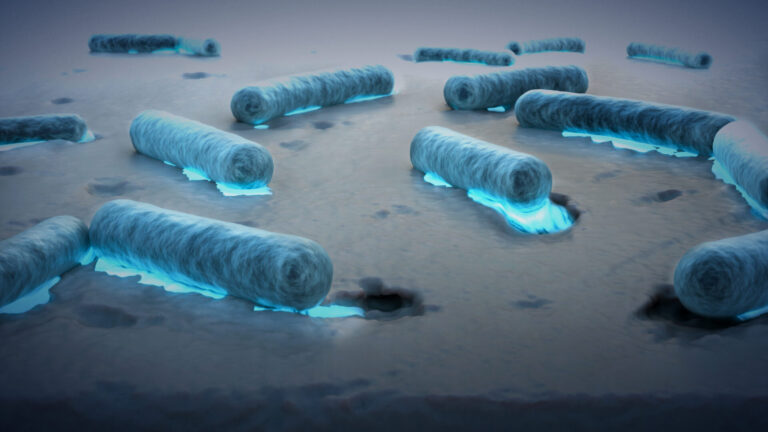
Marine Science
Plastic-munching bacteria found across the seven seas

Marine Science
AI reveals the universal beauty of coral reef growth
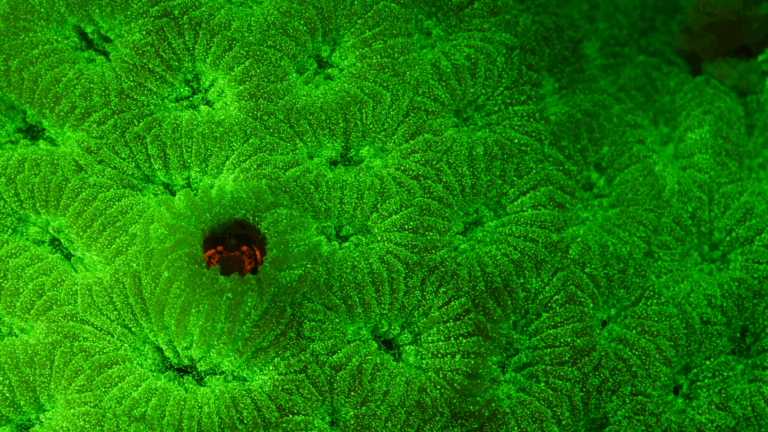
Marine Science
Tiny crabs glow to stay hidden
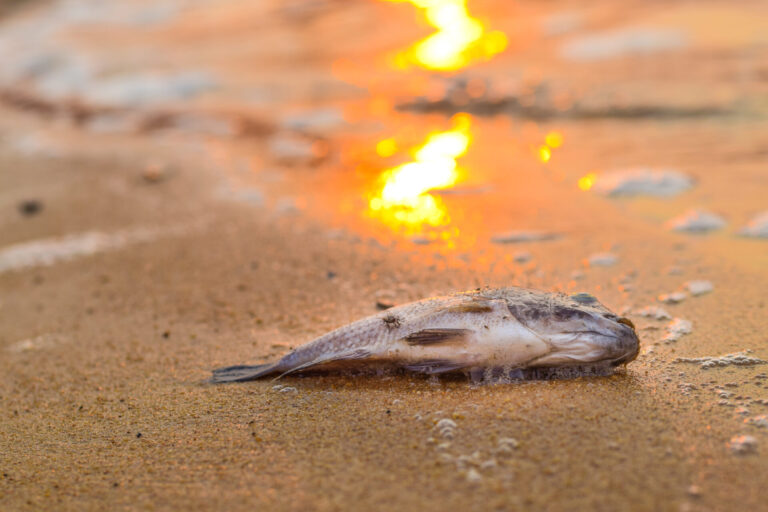
Marine Science
Mass fish deaths linked to extreme marine heatwave in Red Sea
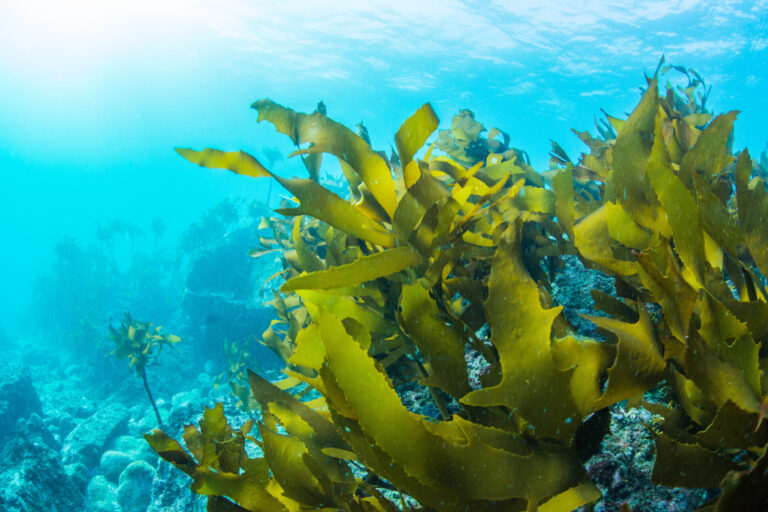
Marine Science
Weeding out the secrets of Red Sea macroalgae

Bioscience



